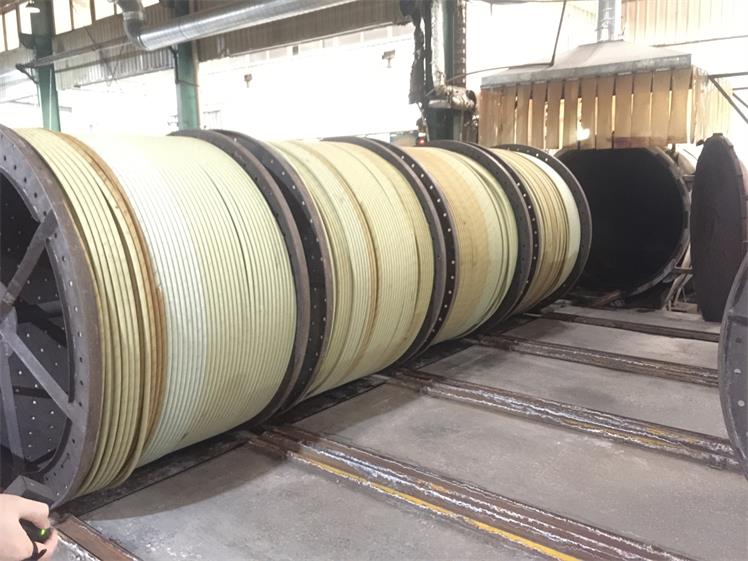Under heating conditions, the raw rubber in the rubber compound reacts with the sulfide, and the crosslinking process of the macromolecule of the rubber from a linear structure to a three-dimensional network is called vulcanization. The vulcanized rubber is called cooked rubber. After vulcanization, the physical, mechanical properties and other properties of the rubber compound are significantly improved.

The change in rubber properties during vulcanization is a result of changes in the molecular structure. The unvulcanized raw rubber is a linear structural macromolecule whose molecular chain has the independence of motion and exhibits large plasticity, high elongation, and solubility. The vulcanized rubber macromolecules form a transverse network between the molecular chains to form a spatial network structure. Therefore, in addition to the secondary bond force between the molecules, there is a main valence bond force at the junction of the molecules, so the cooked rubber has higher tensile strength, smaller elongation and greater elasticity than the raw rubber. Vulcanization is the last processing step in the production of rubber products.

With the development of production, the concept of vulcanization has also made new progress. Vulcanizing agents and high temperature are no longer necessary conditions for vulcanization. Some special rubber compounds can be vulcanized at lower temperatures or even at room temperature, or in rubber compounds. No vulcanizing agent is added, and physical methods (such as gamma rays) are used for crosslinking. Read more about Hydraulic hose





